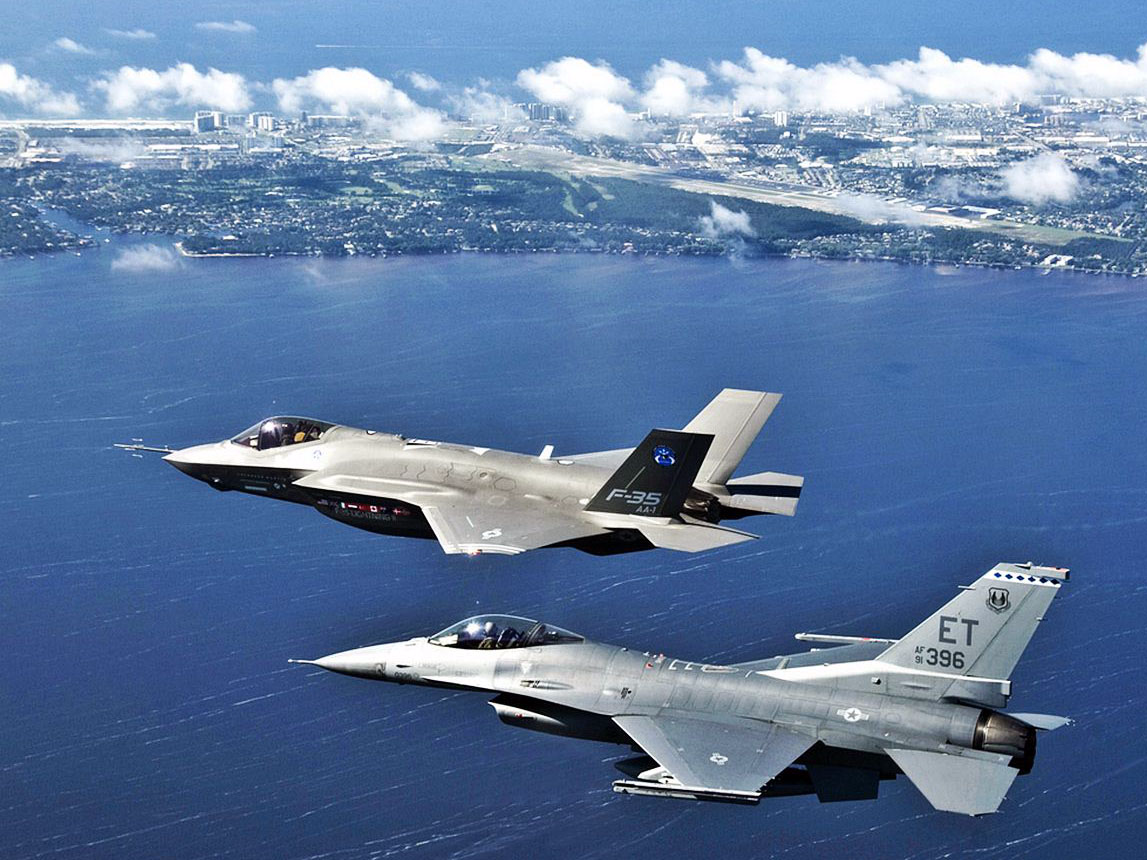The F-35 Joint Strike Figher represents the US Air Force, Navy, and Marine Corps’ vision for the future of combat aviation, but a damning 2015 report detailed how the F-35 had lost in dogfights with F-16s and F-15s – the very planes it was intended to replace.
Essentially it came down to energy management in the early days of the F-35’s testing, according to the report.
During a dogfight, jets have to manage extreme amounts of kinetic energy while making pinpoint turns and maneuvers.
With smaller wings than some legacy fighters and an inferior thrust-to-weight ratio, the early F-35 pilots found it nearly impossible to engage with F-16s.
The report has since become a talking point for detractors of the F-35 program who say it’s too expensive and not capable.
But according to retired US Marine Corps Maj. Dan Flatley, who helped design the training syllabus for F-35 dogfights, the F-35's lackluster performance against legacy jets had more to do with old habits of the pilots and a weapons system in its infancy rather than anything wrong with the F-35 concept itself.
"When you first get in the F-35 and try to fight it visually, you immediately go back to everything you knew in your legacy fighter," Flatley told Business Insider in a phone interview.
Indeed, the same report that details the F-35's losses to older jets states that the pilot himself had 2,000 flight hours in an F-15 Strike Eagle, which is a very different beast.
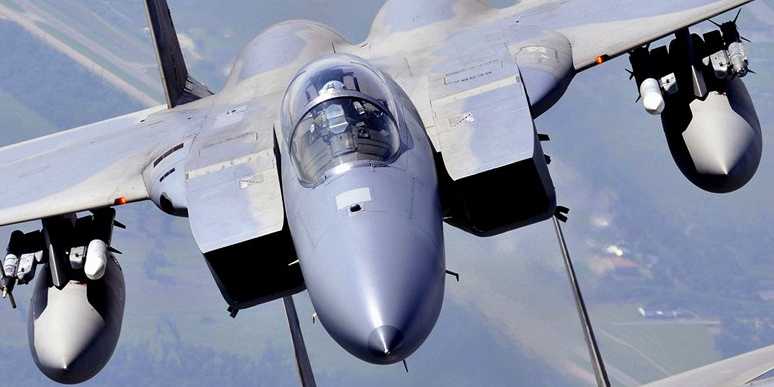
"If you try to fight it like a fighter it isn't, you're going to have terrible results," Flatley said of the F-35. Like any new weapons system, the F-35 takes some getting used to. In 2015, F-35 pilots were pulled from other fighters and introduced to a plane that fundamentally reimagined aerial warfare. A learning curve had to be covered.
Unlike dogfighters from World War II, the F-35 mainly focuses on flying undetected while using its array of fused sensors to paint a clear picture of the threat environment for miles out and to engage with targets before they're ever seen.
As exciting as dogfights are, it's been decades since a US jet engaged an enemy in a turning dogfight, and the F-35's design reflects that new reality.
"If I went out and fought an F/A-18 on day one I'd get destroyed," said Flatley. "But if you do what the jet is really good at, you can do things those other jets wouldn't dream of."
Flatley stressed that dogfighting, where the close range diminishes the F-35's stealth and sensor fusion advantages, is certainly not the purpose of the Joint Strike Fighter, but rather it can excel in those situations in the right hands.
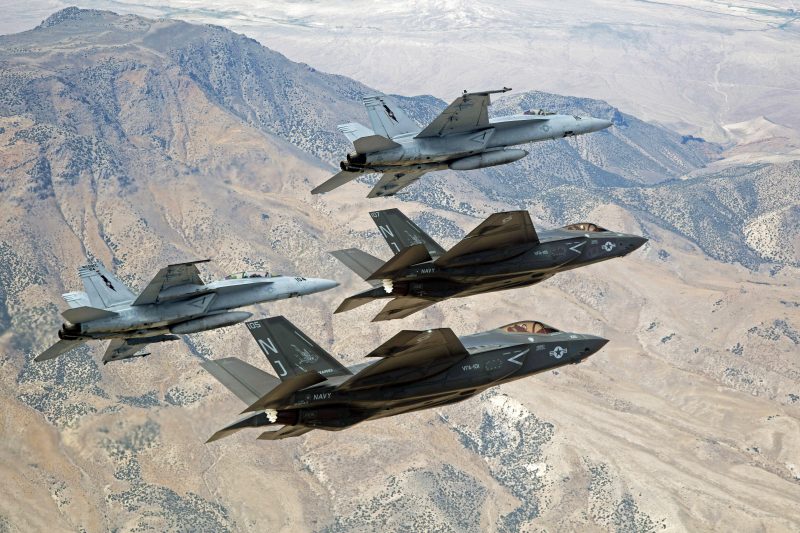
That's not to say the F-35 was a perfect aircraft that was simply misunderstood in 2015. Flatley said he did approach Lockheed Martin to suggest changes to the jet after its poor run against legacy aircraft.
One attribute the F-35 has that, counterintuitively, helps it in dogfights is its ability to slow down during a turn, but it was during these slow turns that pilots weren't able to control the plane how they were used to.
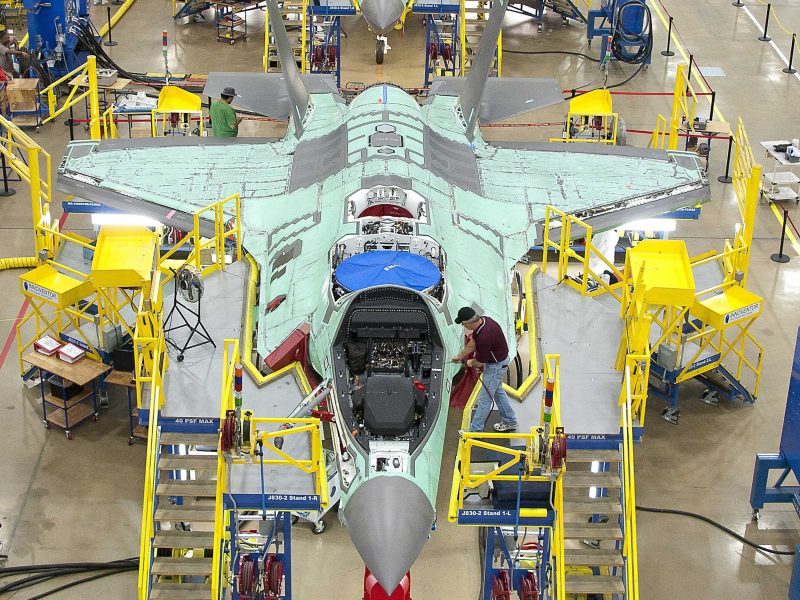
Basically, the engineers at Lockheed Martin built the F-35's flight controls with an incredible amount of automation, which Flatley said could make the jet "feel like it was fighting you," or"feel like the hand of god pushing you in certain directions."
Flatley and other F-35 pilots needed the ability to push their airplane right to the edge of its abilities - almost to the point where it would fall out of the sky because it hit slow speeds at insane angles - should they need to in a do-or-die dogfight.
"You guys are hand-holding us," Flatley told the engineers, who hadn't imagined the fighter pilot's need to push the limits of their aircraft.
"We want more authority. I want to be able to throw my nose around if I need to," said Flatley, referring to the plane's ability to point its front end at threats in order to better assess and target them.
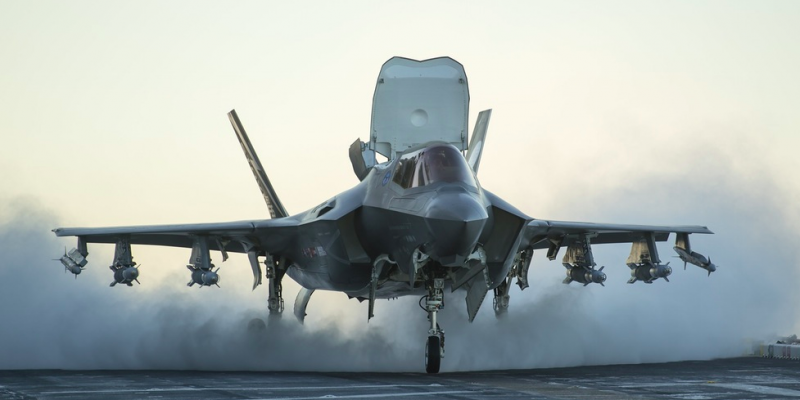
So Lockheed Martin worked with the pilots and fixed the issues keeping them from acing dogfights, as they do now.
Since that test, the F-35's record speaks for itself. During Red Flag, the US Air Force's most realistic and challenging jet-fighter training event, the F-35 came out with a stunning 20-1 kill ratio on the legacy aircraft that had once beaten it.
Flatly, who came from an F/A-18 background, said he had to shake the old habits he formed in an aircraft that was originally conceptualized in the 1970s, but young pilots training today won't have those problems and could revolutionize the way the F-35 fights.
"The next generation, the first lieutenants that have never flown an F-18 before, those are the pilots that are going to define what the F-35 is going to do," said Flatley.

